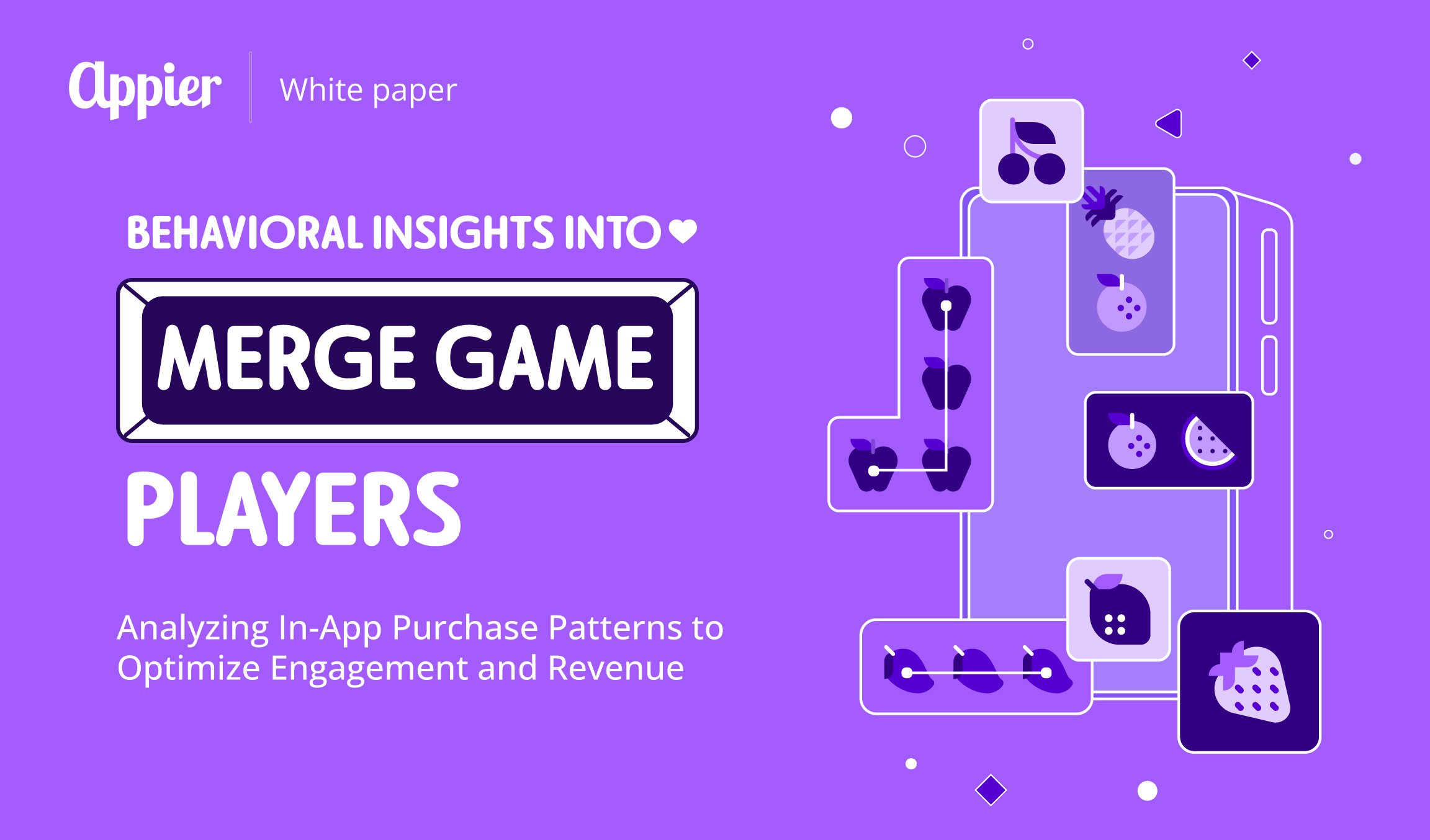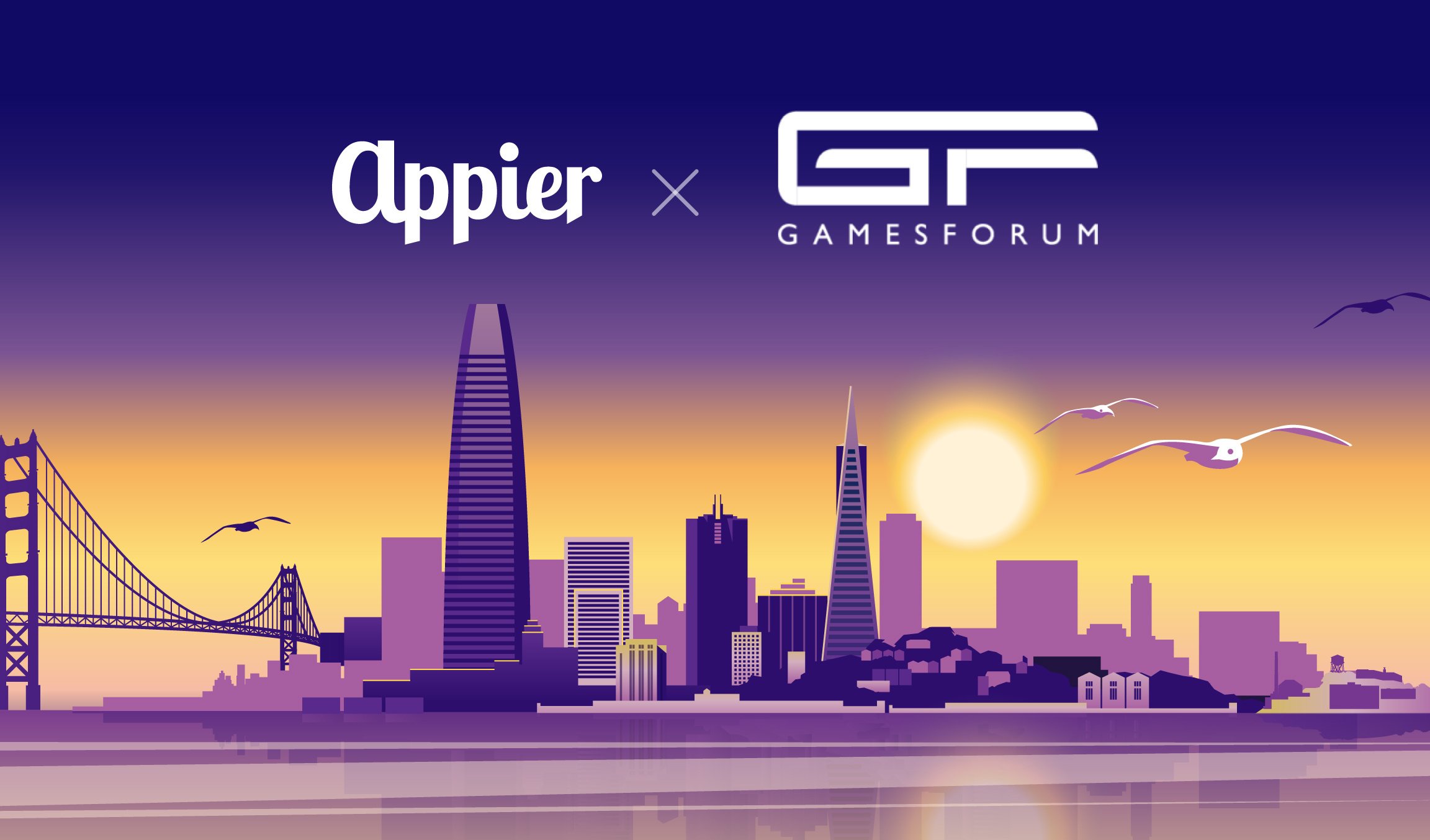5 min read
The global COVID-19 crisis has thrown programmatic advertising into a crisis of its own. With keywords related to the pandemic being blacklisted because of brand safety fears, publishers are losing out as advertisements are blocked, and revenue subsequently drops.
In response to this worrying trend, publishers and media experts are pushing brands to stop COVID-19 keyword blocking, but is this a safe move? To ensure it is, brands must rethink the boundaries of brand safety in advertising. They can also turn to natural language processing (NLP) technologies, which deliver a less restrictive solution.
With a third of the global population being asked or ordered to stay at home, this pandemic has almost changed consumer behavior overnight, and that includes a massive rise in online media and content consumption.
According to a global survey by GlobalWeb Index, 95 percent of consumers are now spending more time consuming in-home and online media. Unsurprisingly, the biggest spike is for news coverage, with two in three people spending more time on news sites as they try to stay informed.
Bigger Audiences, Fewer Impressions
Since January, over 1.5 million COVID-related articles have been published. For publishers, the possibilities for reporting on the crisis are great, with new information being shared daily. Plus, more consumers means increased ad impression and revenues – or at least it should.
In reality, this is not the case. While publishers may have the fodder for reporting and bigger audiences than ever, brands are getting more cautious. In addition, with these new restrictions in place, some industries, such as travel and hospitality, are being hit hard, causing a drop in advertising spend.
One forecast by eMarketer had predicted global media ad spend would reach US$712.02 billion this year, a figure that has now dropped to US$691.7 billion. However, this is up 7 percent from 2019, meaning advertising is still in business despite the crisis, particularly for brands with something relevant to offer.
Brand Safety and the Publishing Crisis
For brands that are still advertising, the issue of brand safety is a huge concern, even more so than usual. A public health crisis, by its very definition, is not something that brands generally want to be associated with. After all, an advert next to a negative story can lead to a negative brand impression. Unfortunately, the prevalence of COVID-19 reporting is making it almost impossible to avoid.
In their attempts to position ads safely, brands are blacklisting all keywords related to the crisis in their programmatic advertising, including coronavirus, COVID-19, public health crisis, quarantine, symptoms and pandemic. The result is that fewer ads are placed because the options for content that doesn’t include these keywords is limited.
However, this brand safety tactic might not be necessary in most cases. According to a March 2020 survey from Kantar, only 8 percent of consumers worldwide thought that stopping advertising should be a priority for brands. Instead, 77 percent of respondents expected advertising to “talk about how the brand is helpful in the new everyday life”.
Should COVID Keywords be Blacklisted?
In an effort to prevent this crisis, support publishers and stay relevant to customers, industry experts are advising brands to rethink their brand safety tactics.
The main crux of the argument is that because COVID-19 has now become such an integrated part of daily life, ads placed next to COVID-19 content are unlikely to still have the same negative impact. On top of this, new research by GumGum, Inc. says that 62 percent of COVID related content is actually brand safe.
David Cohen, President of the Interactive Advertising Bureau, told Business Insider that by continuing to place ads next to COVID-19 content, brands can actually save lives by providing publications with the ad funds to keep paying journalists to report and share useful information.
This advice may seem counterintuitive at the moment, but it makes sense. In addition, AI techniques such as NLP are making it possible to put programmatic brand safety precautions in place, bypassing inflexible keywords blocks.
Using Natural Language Processing to Secure Brand Safety
Natural language processing and deep learning tools work by using algorithms to analyze and understand natural human language. In the context of programmatic advertising, apart from analyzing unique keywords to understand the context, they can perform a more in-depth analysis of the semantics or meaning behind it as well.
These algorithms can look at things such as text, speech, imagery, metadata and geo-location in real-time and at scale. This allows a more nuanced understanding of the content, where they can figure out whether it has a positive or negative association with a particular keyword.
Transferring brand safety to these technologies, therefore, allows you to maintain or increase reach during a public health crisis. Instead of blacklisting pandemic-related keywords, they allow you to place ads next to pandemic-related content, in situations where the associations with the word are positive.
For example, a news article may be talking about COVID-19, but it could be offering advice on how people can get through the crisis or be a story about communities banding together. Placing an ad next in this context is not only avoiding negative brand associations, but it can actually create positive ones.
These technologies not only ensure brand safety but also tighter targeting by recommending relevant content placements that you might otherwise have been blind to.
A Blended Approach to Brand Safety
Importantly, this type of technology should not be solely relied on. Tackling brand safety during uncertain times, or at any time, requires a more blended approach.
As well as using natural language processing tools, brands should also be defining hard and fast rules around their brand safety. For example, identifying websites that are 100 percent inappropriate, as well as media that is appropriate such as reputable global publishers.
In addition, human input is critical. By continuing to identify unsuitable content manually, brands can feed this information into their natural language processing tools, giving reasons as to why it is inappropriate. This will improve the effectiveness of the algorithm, making it even more effective over time.
With the latest estimates for a reprieve from the pandemic still months away, tackling the issue of brand safety in ways that don’t push the publishing industry into retreat and work against the public interests is critical. NLP combined with human input provides a promising solution – one where programmatic ads can be placed more comfortably alongside COVID-related content and publishers stay in business.
* Read more about how brands can weather the uncertain times here. In the meantime, if you want to know more about how to use AI technology to ensure your brand safety, we are here to help! Get in touch with us for an exclusive consultation today!



